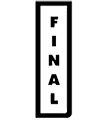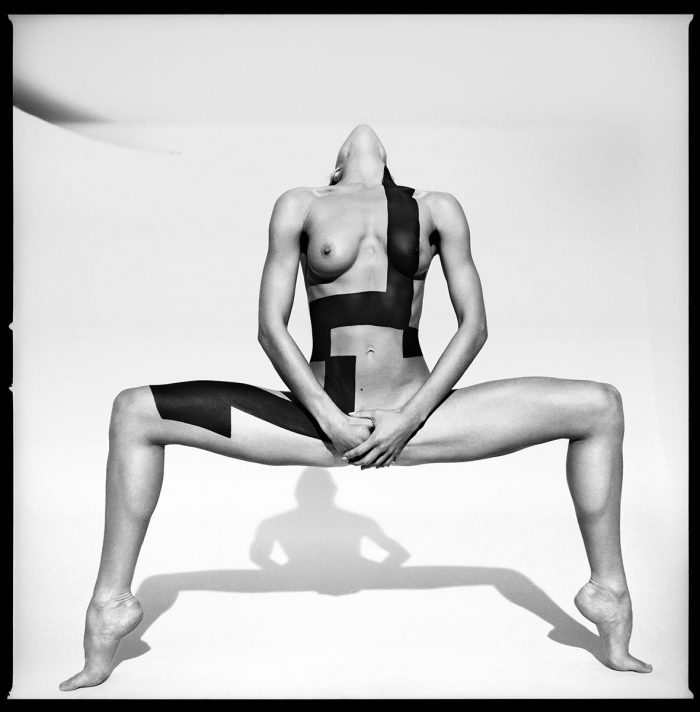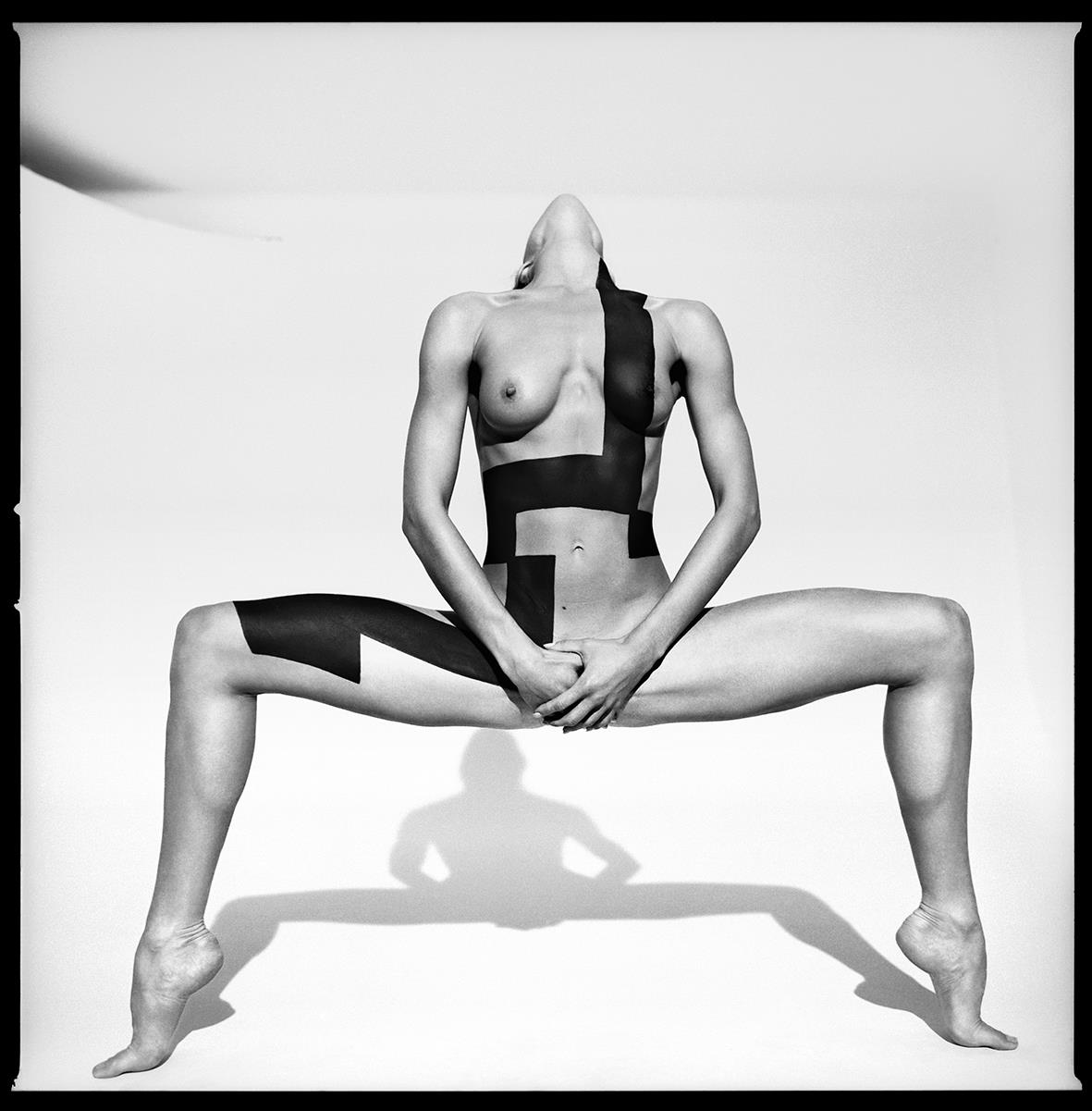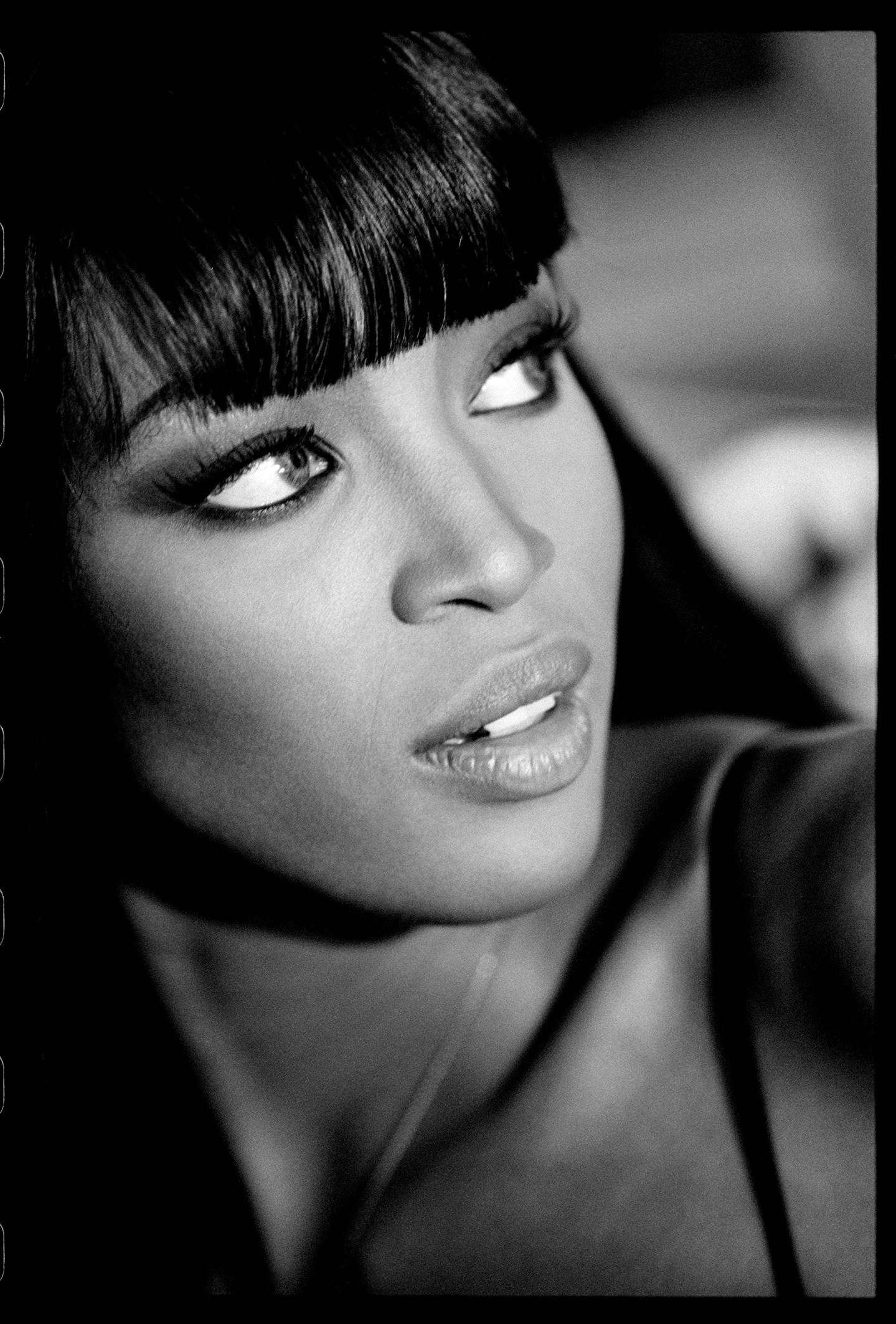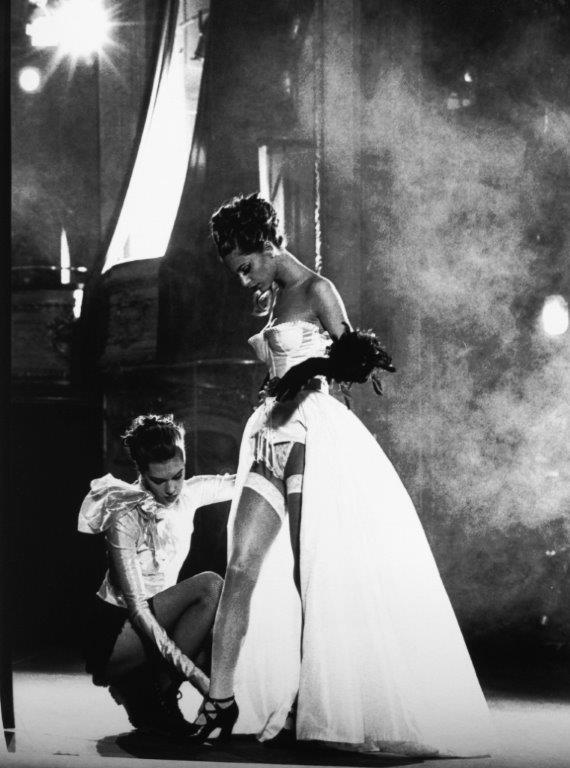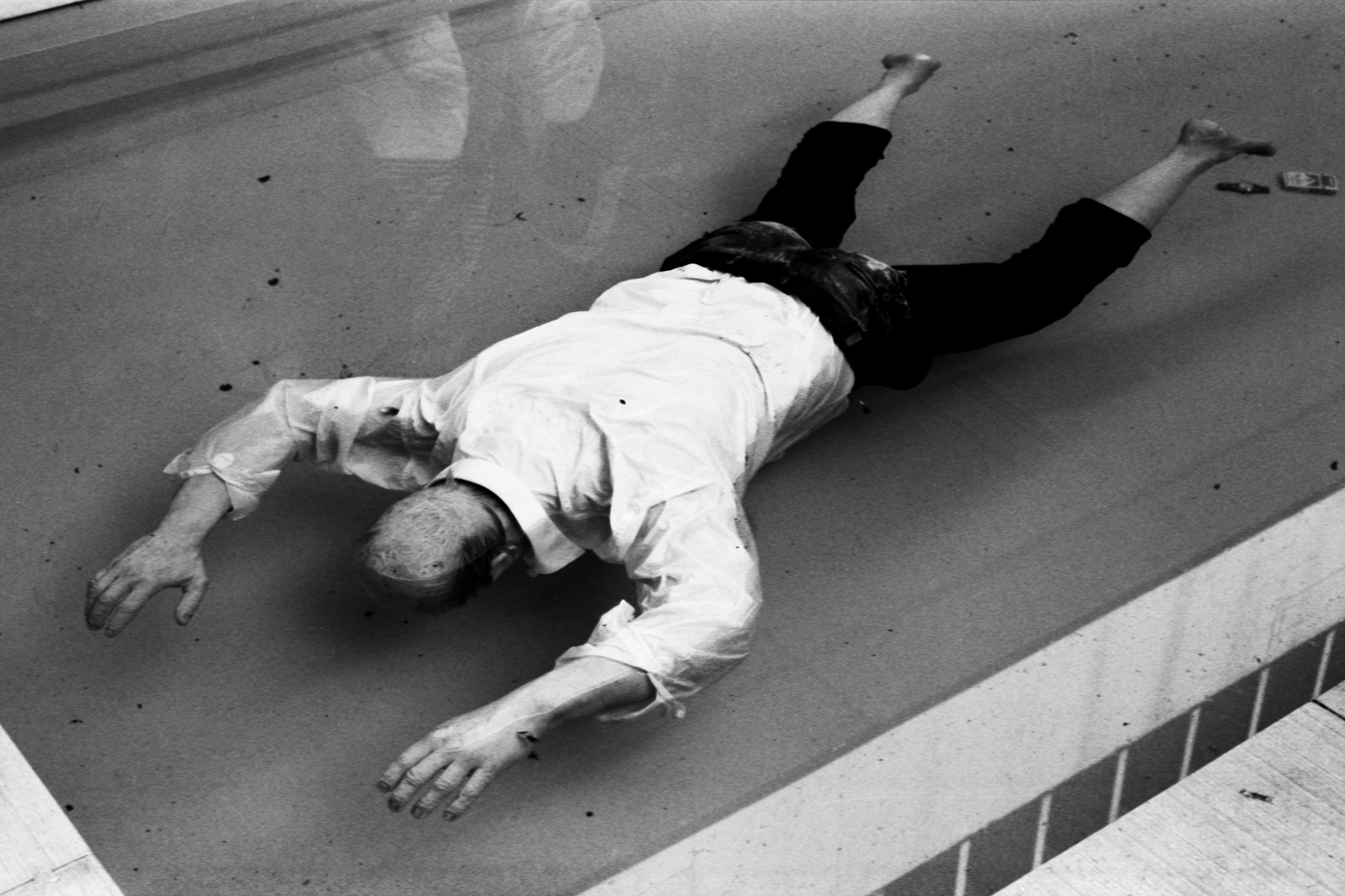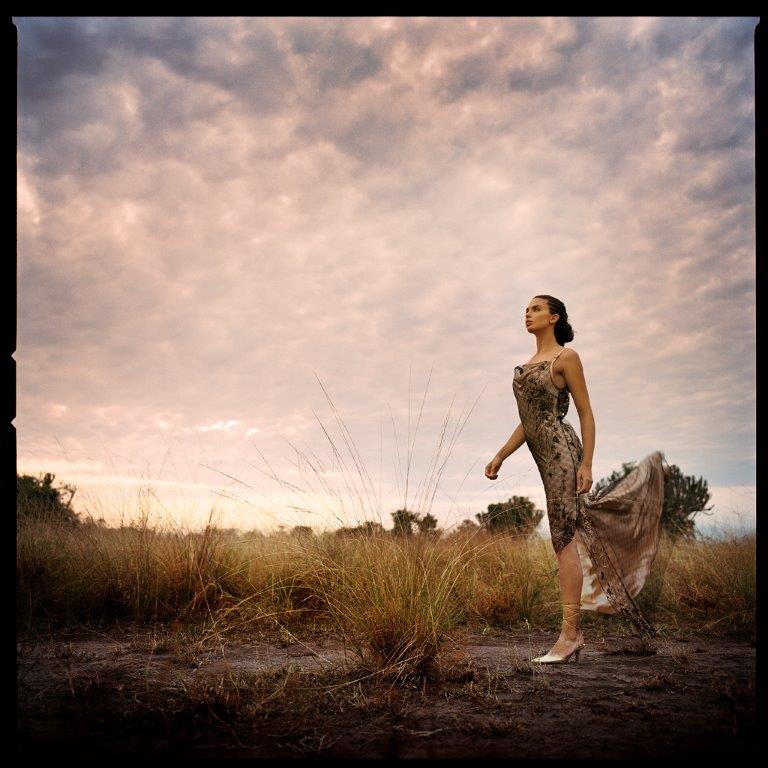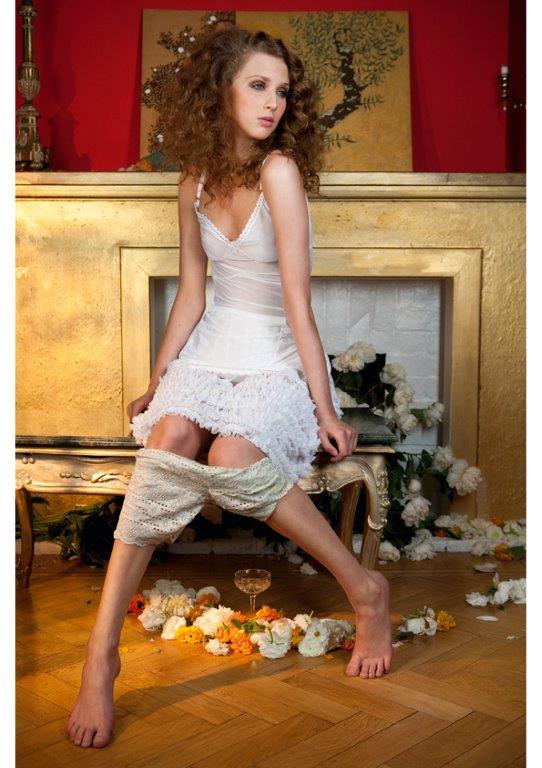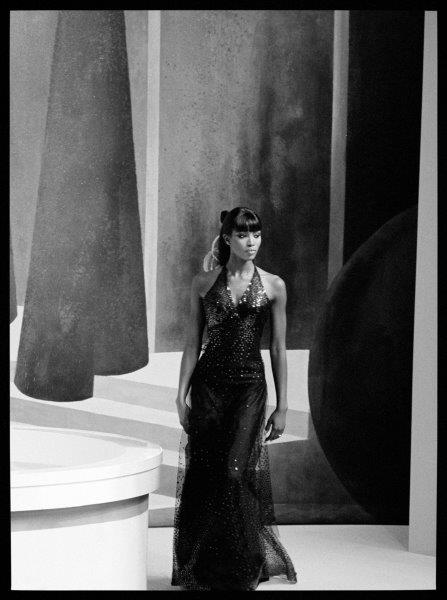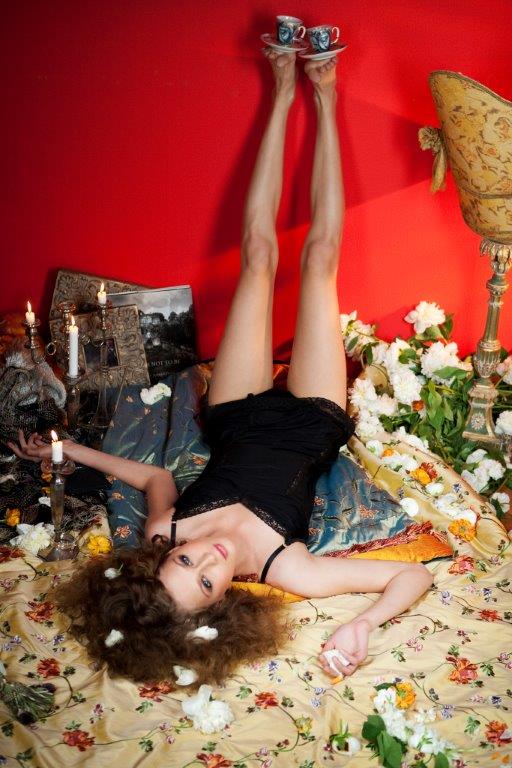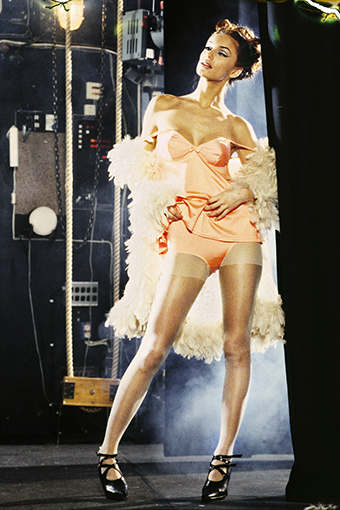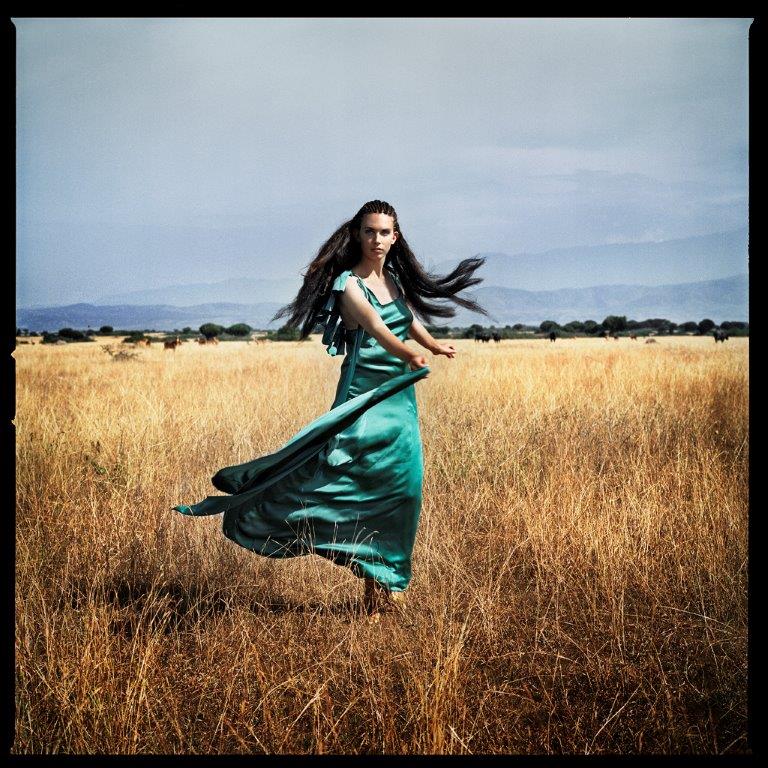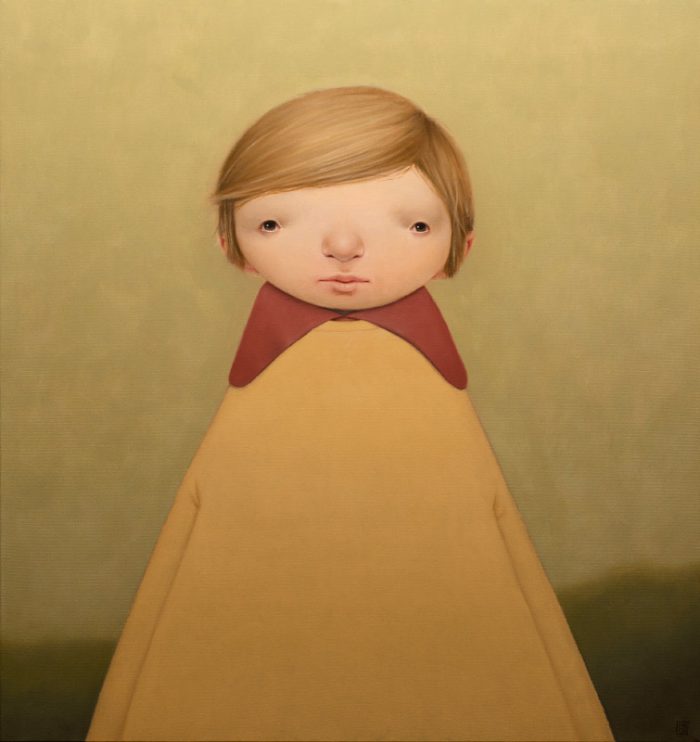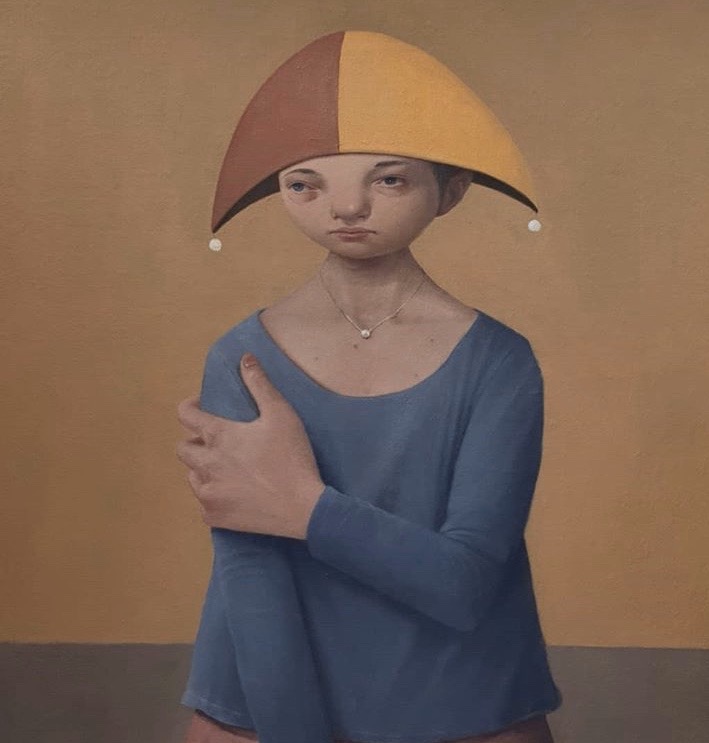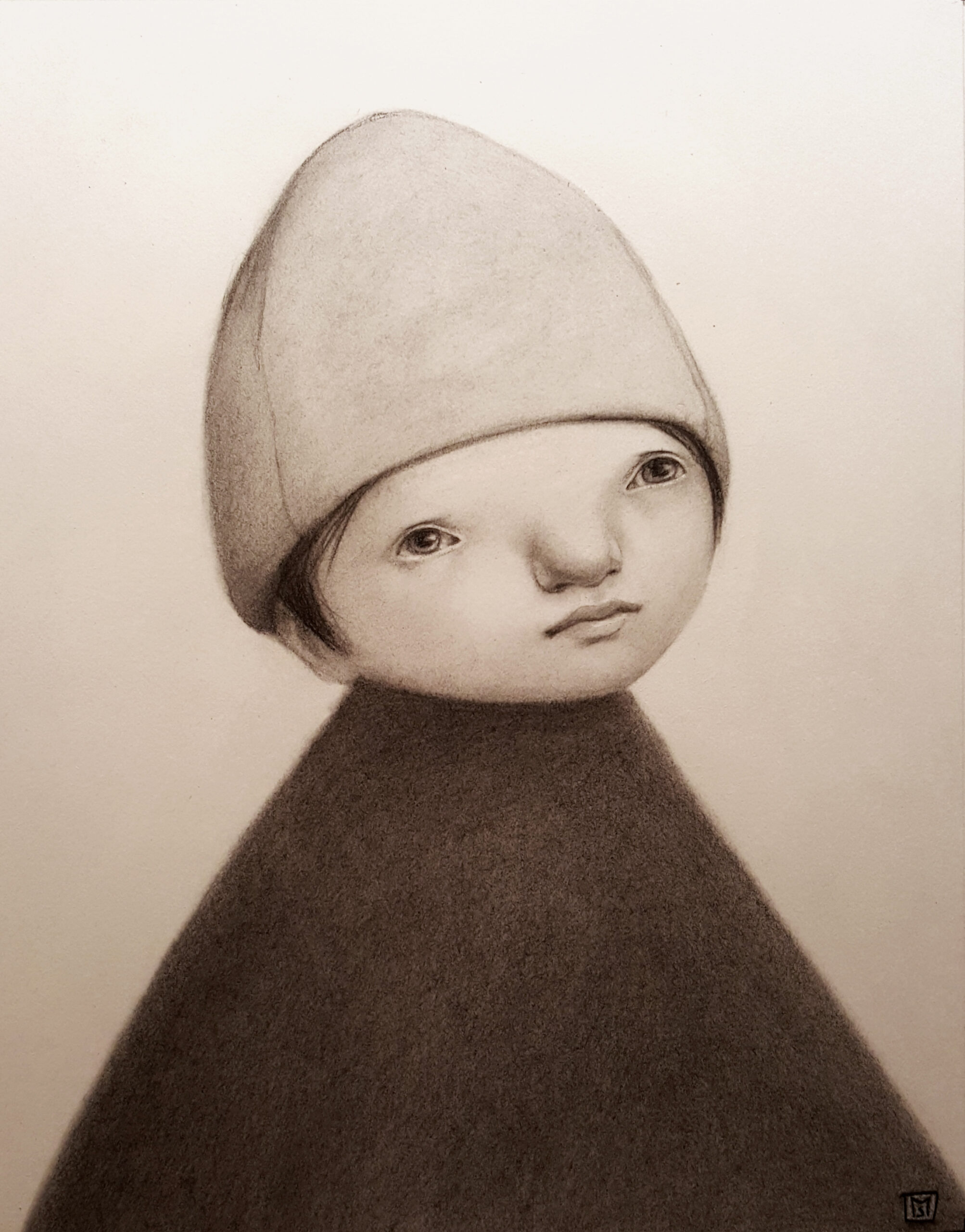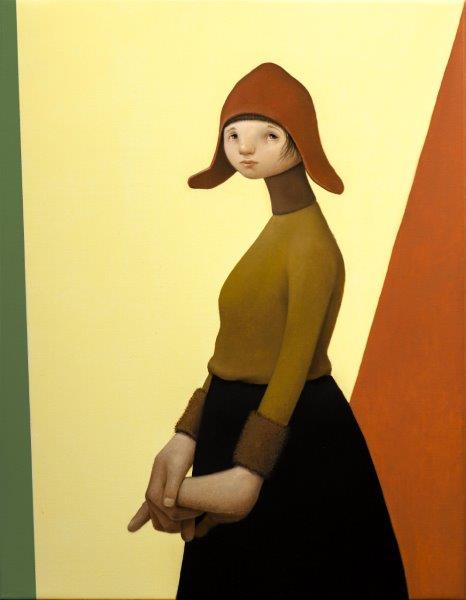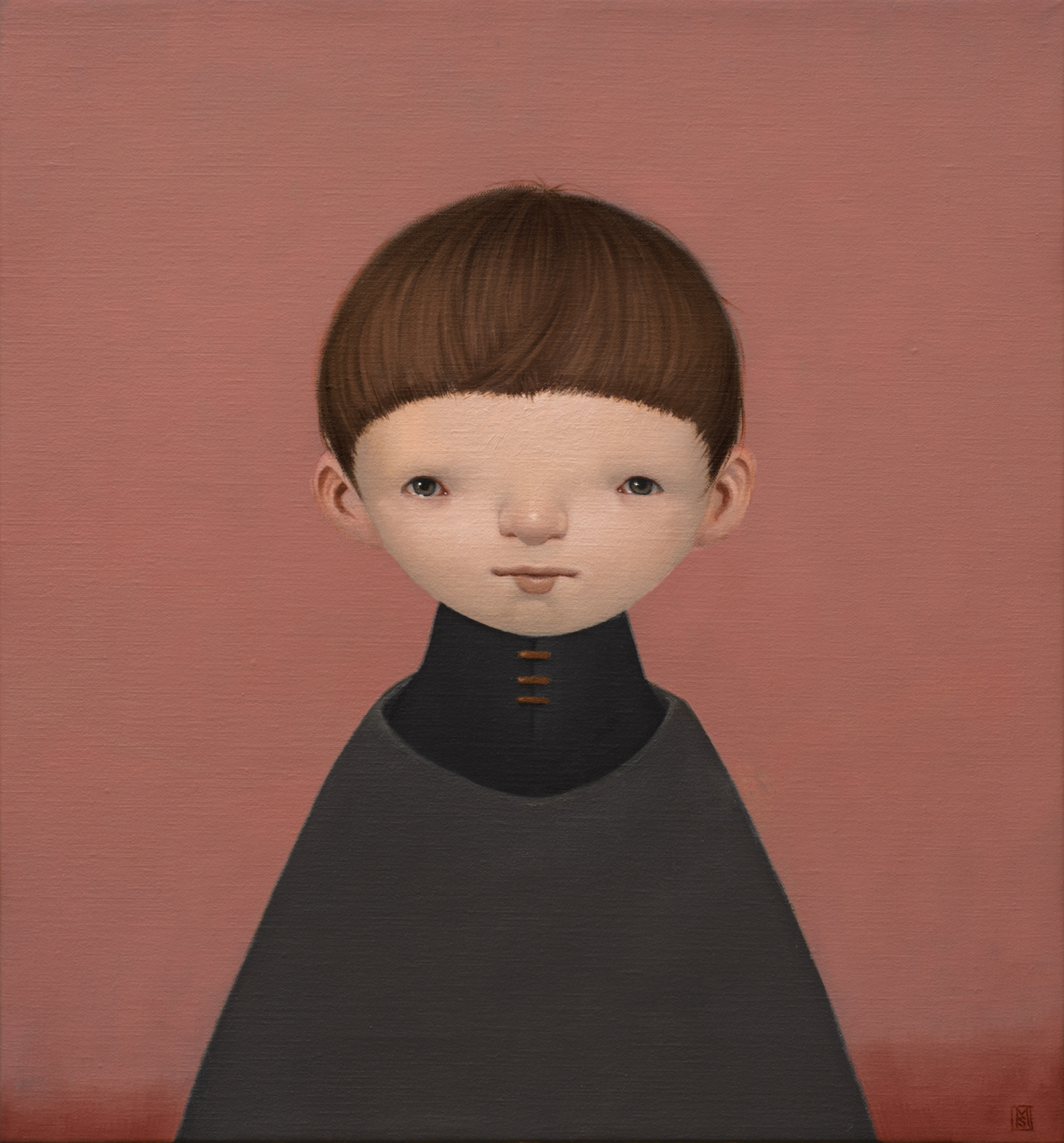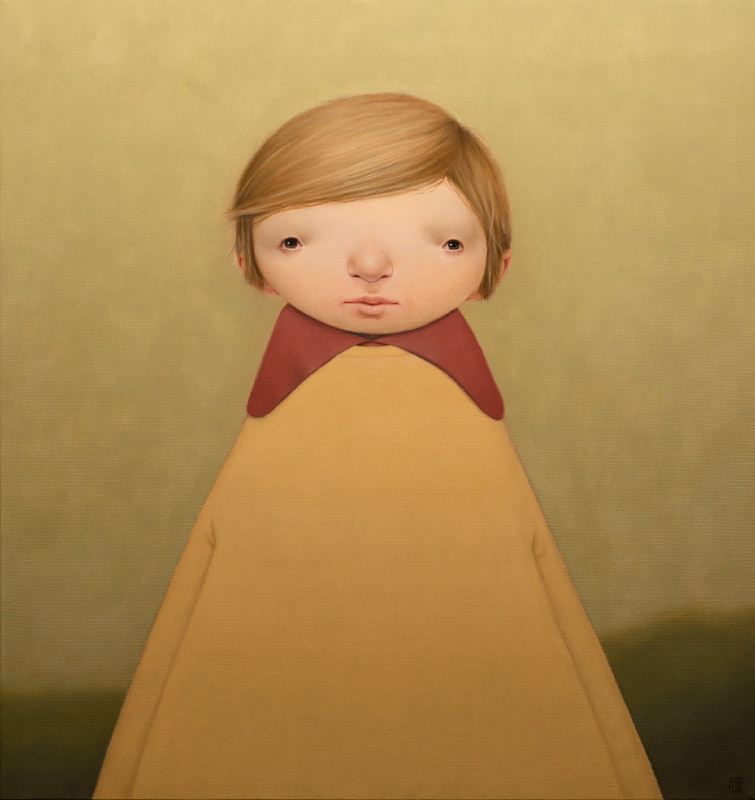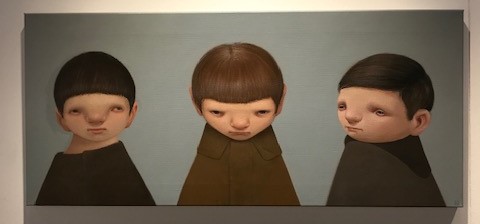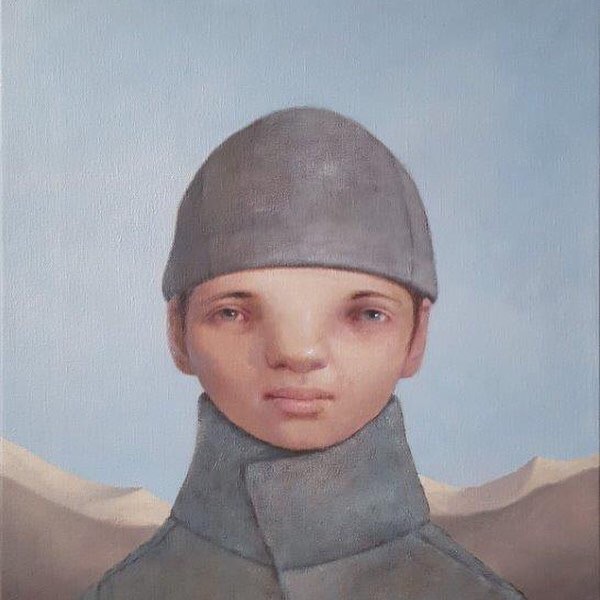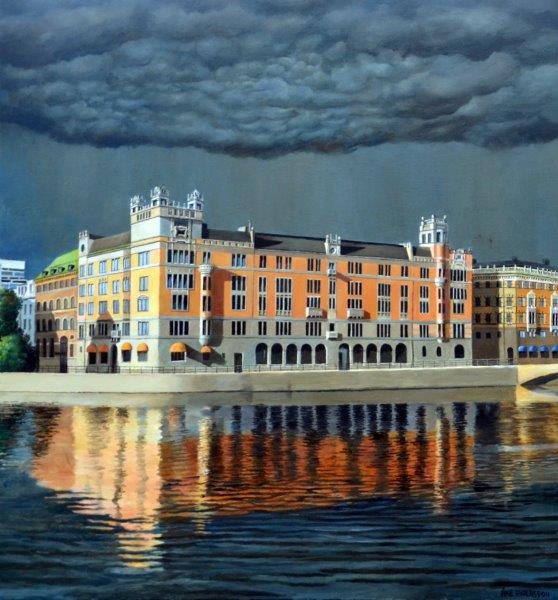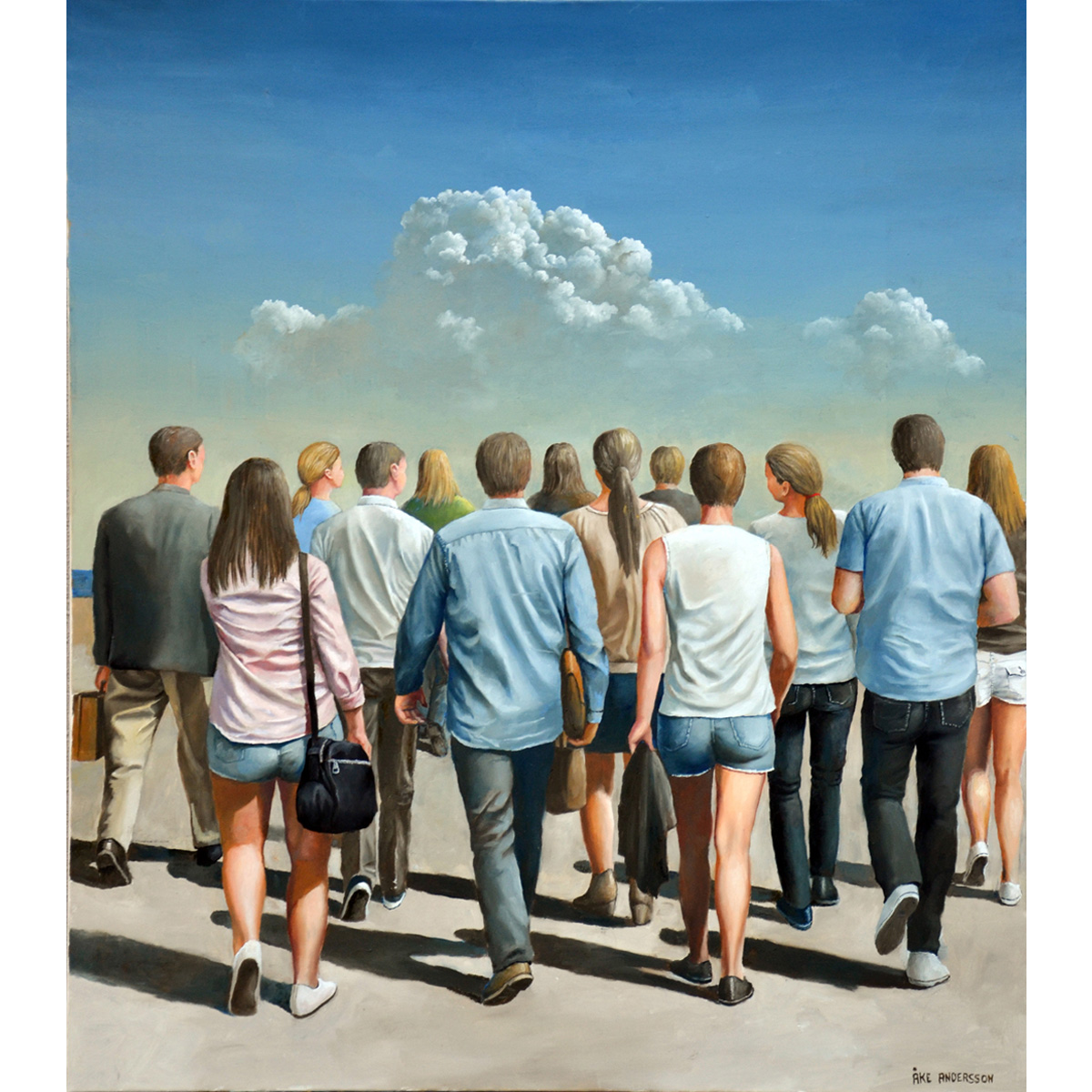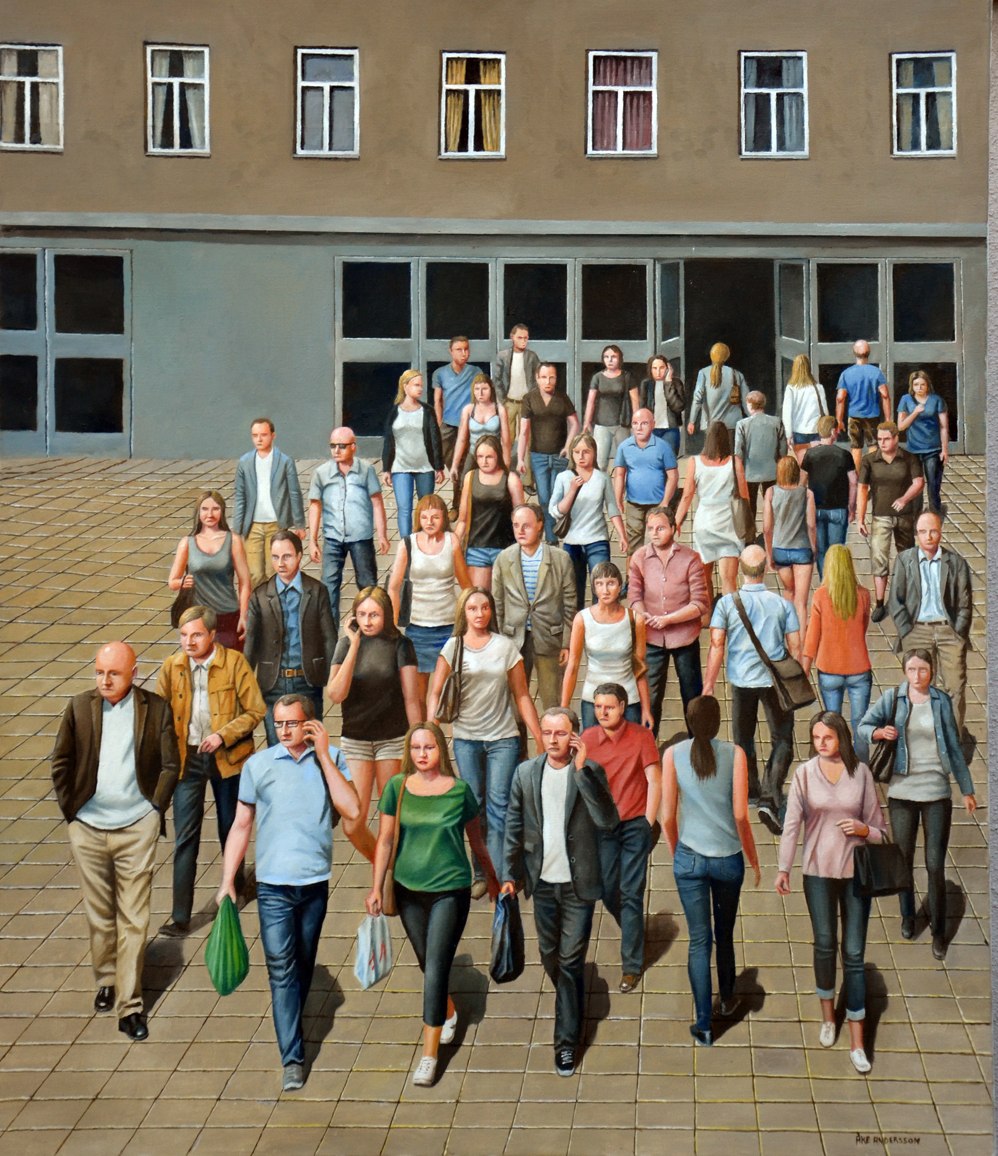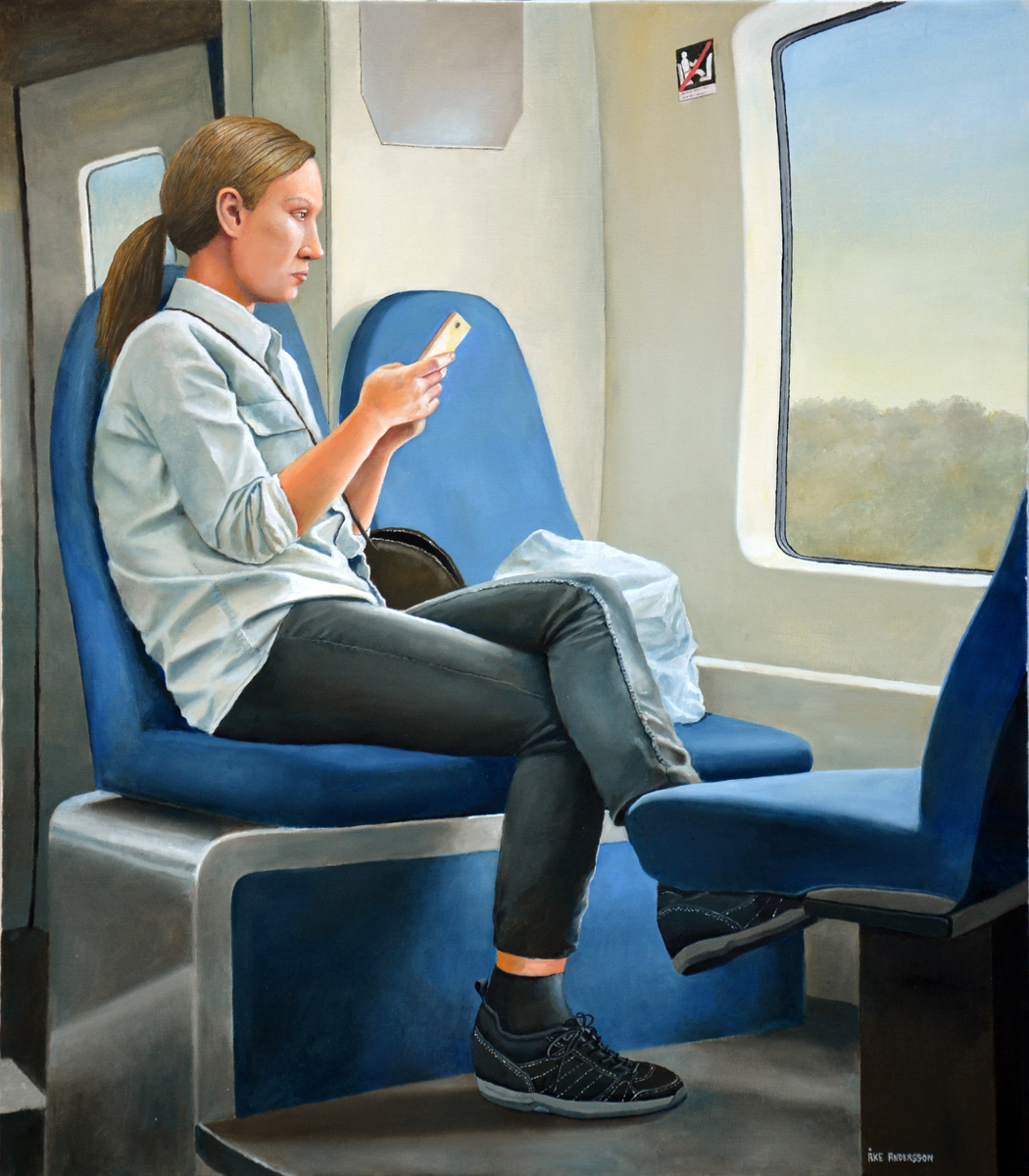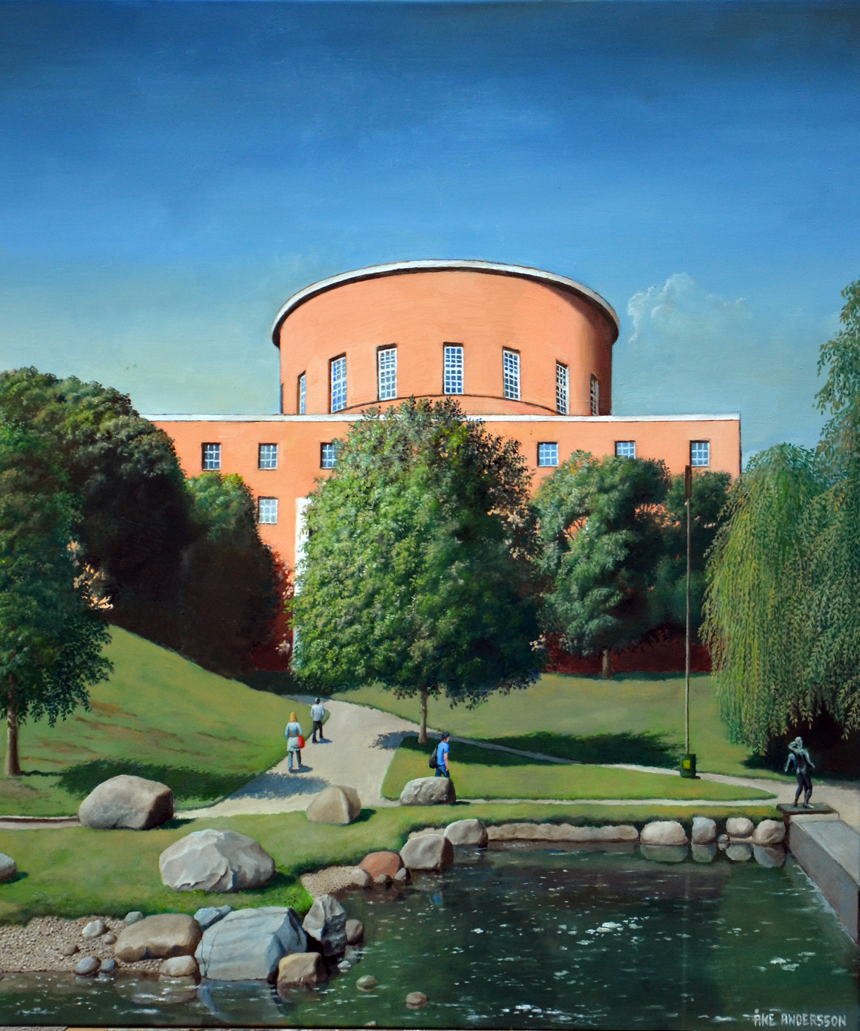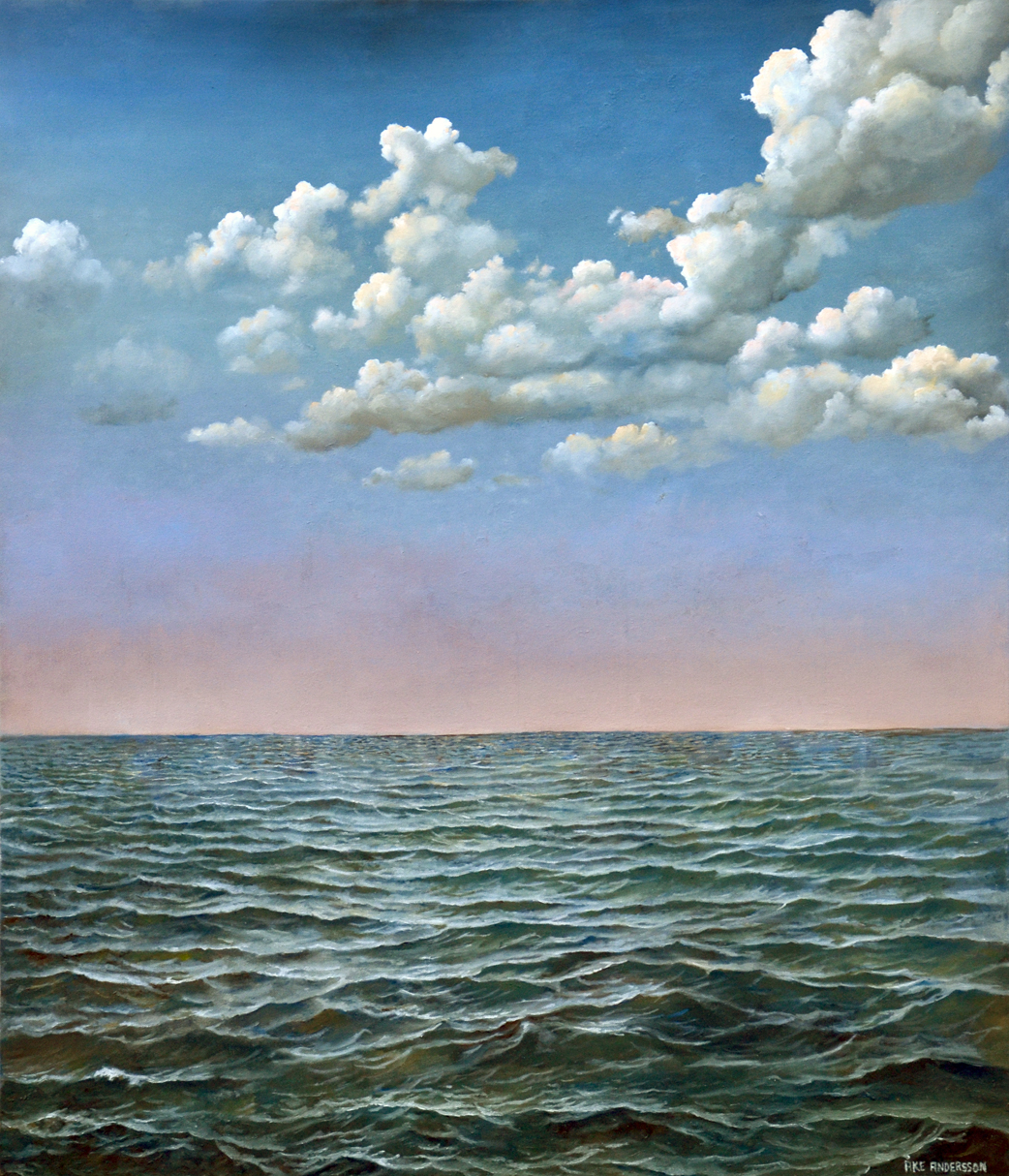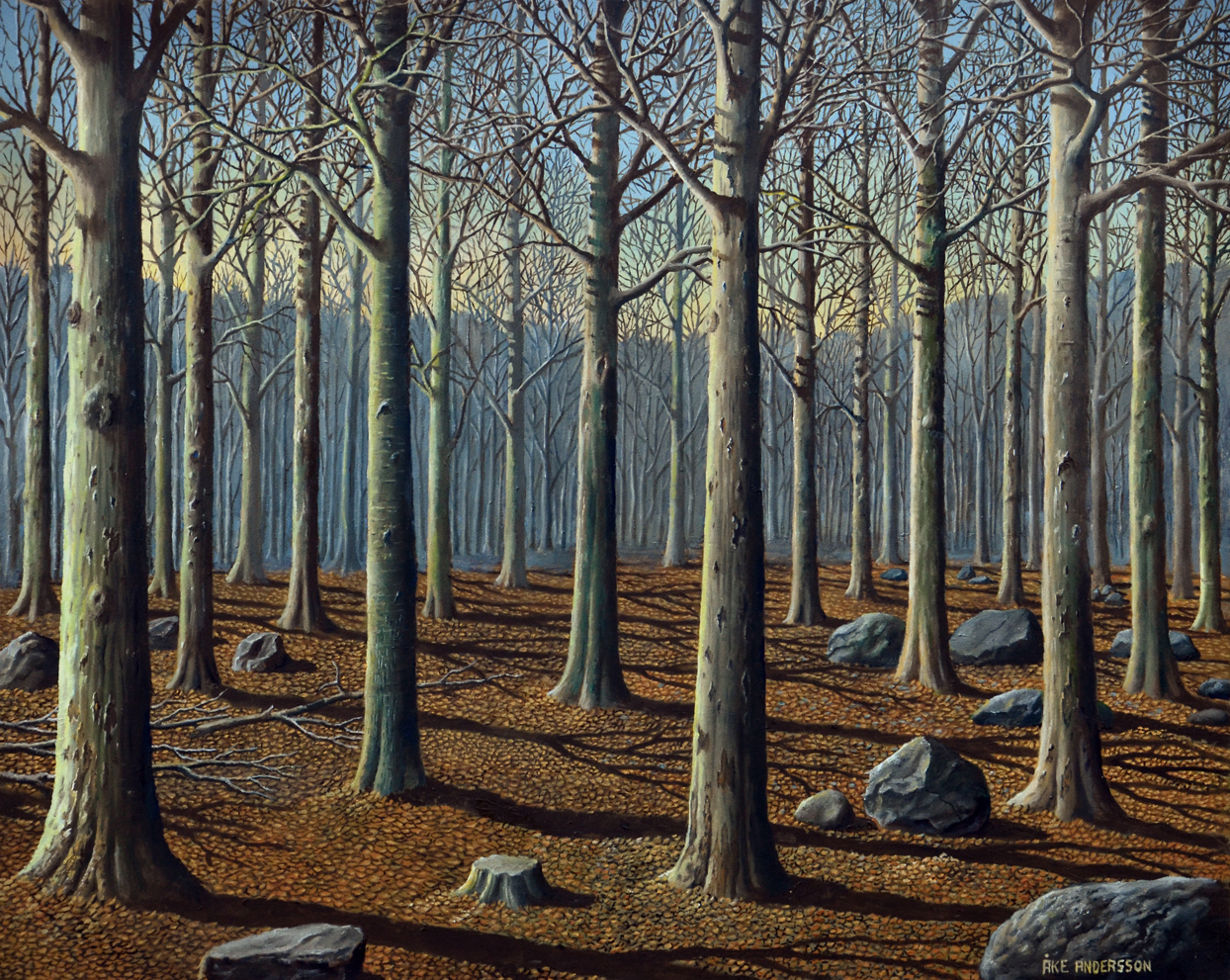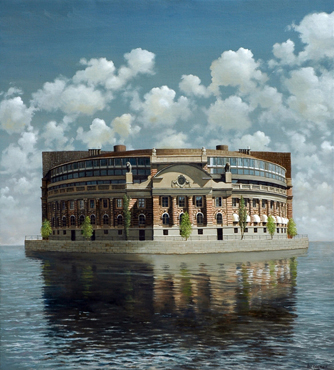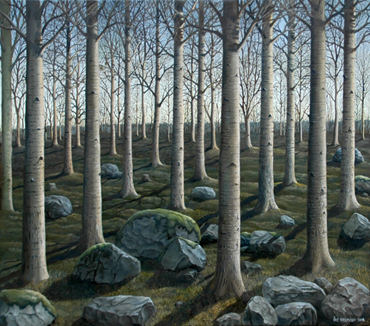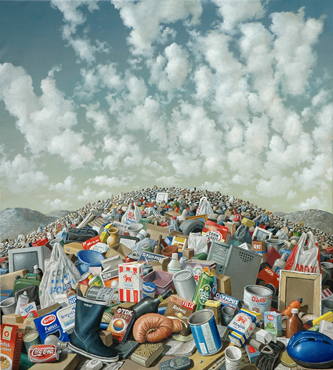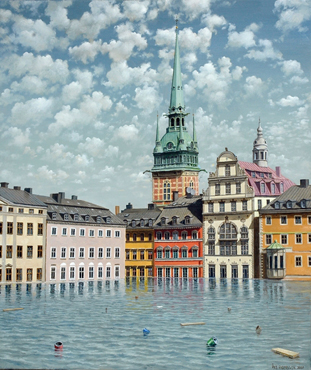Ewa-Mari Johansson studied documentary film making at The New School for Social Research in New York in the seventies, Arnold Eagle (he collaborated with Man Ray) became her mentor. She continued to study art photography at UCLA.
When she started working as a fashion photographer in New York she was helped by Patrick Demarchelier, who let her use his studio, allowing her to create her own portfolio. Believing in the potential of Ewa-Mari. Xavier Moreau (at this time Helmut Newton’s agent) suggested her to start her career in Milano. The move turned out to be successful with a first editorial work for Vogue Bellezza in 1983.
She has since then published numerous editorials in fashion and photo journals, she has shoot international advertising campaigns, participated in and had solo photo exhibits at museums and galleries, the first one in 1992 at Il Diaframma in Milano. She is an established photographer with broad experience, for five years during 2009 to 2013 she taught photography at Berghs School of Communication, Stockholm. Today she lives and works between Stockholm and Milano.
